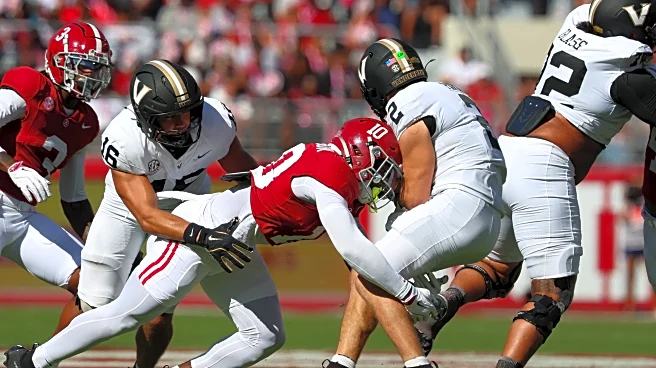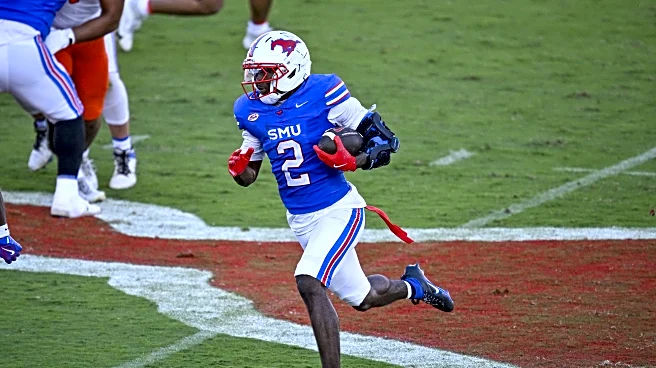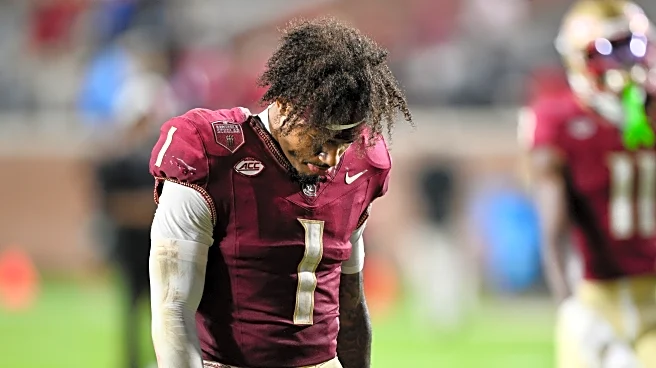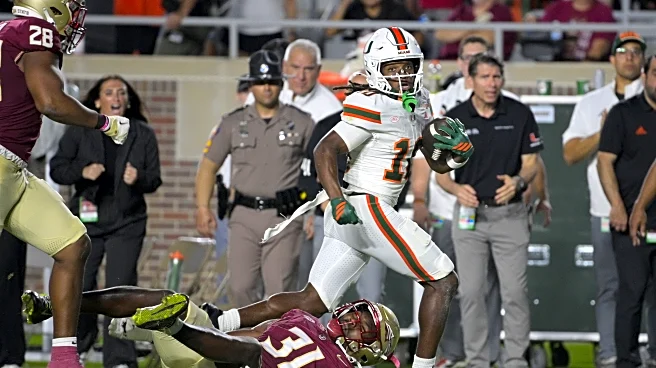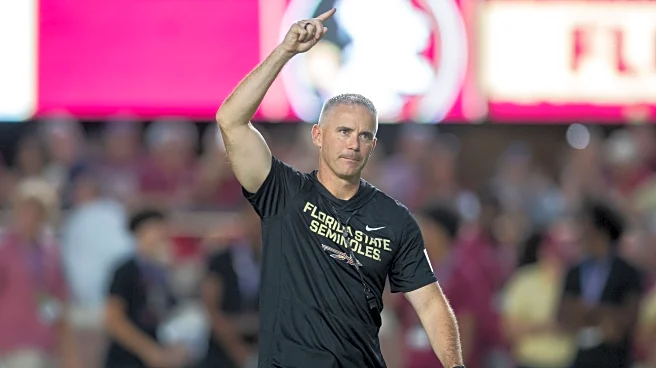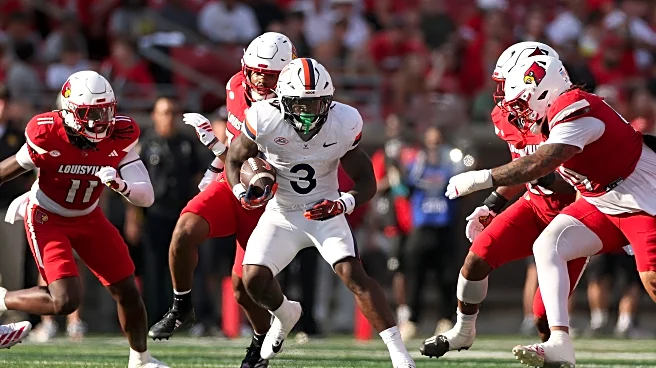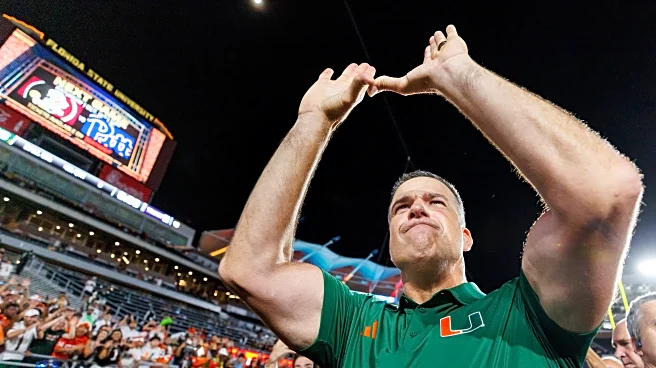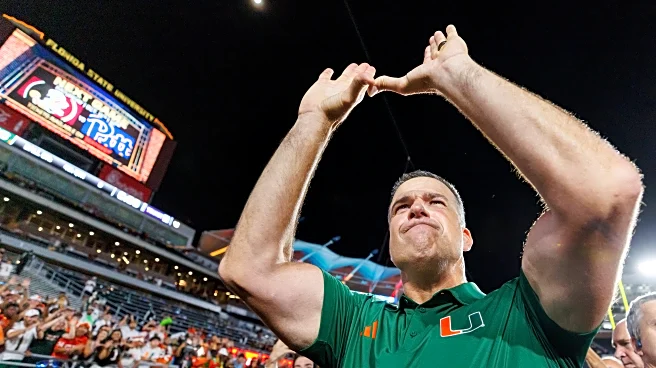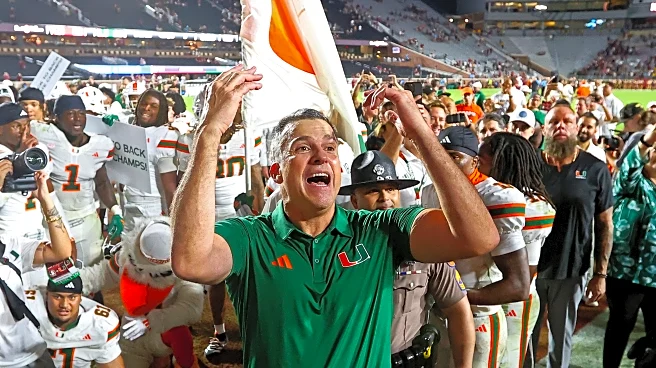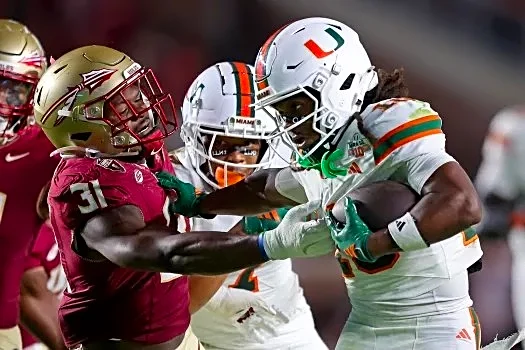This is a difficult thing to say right after Florida State has dropped its first two conference games of the season, but this is a pretty good football team.
Sure, they have things to clean up, but they are
beating their opponents on a down-to-down basis. They boast one of the most explosive offenses in the country. What’s better, when you take into account the difference between their success rate gained/allowed and their explosive plays gained/allowed, they stand out.
What’s killing them is the turnovers.
Against Alabama, FSU was even or better than the Crimson Tide in the following statistical measures. Critically, FSU did not turn the ball over.
- Success Rate Differential: Even
- Yards Per Play Differential: +1.36
- Explosiveness Rate Differential: +3 percent
- 3rd down Success Rate Differential: +18 percent
Against Virginia:
- Success Rate Differential: +2 percent
- Yards Per Play Differential: +1.42
- Explosiveness Rate Differential: +6 percent
- 3rd down Success Rate Differential: -22 percent
FSU didn’t win third downs and they turned the ball over two times, including a brutal tip-your-cap interception on an incredible defensive play inside the 5-yard line in a goal-to-go situation, and a fumble inside their own 40-yard line.
Against Miami:
- Success Rate Differential: +5 percent
- Yards Per Play Differential: +0.19
- Explosiveness Differential: +6 percent
- 3rd down Success Rate Differential: +9 percent
FSU won down-to-down against Miami. The game was much closer than the score indicated until the 4th quarter. But FSU turned the ball over three times against the Canes, including two interceptions and a fumble just past midfield,, and the Canes converted them into 14 points.
Five turnovers in two conference games just can’t happen. FSU has to do a much better job taking care of the ball.
In the Miami game specifically, a lot of the offensive issues were caused by quarterback Tommy Castellanos pressing instead of taking what Miami’s defense was giving.
The tape bears that out.
Perhaps the biggest early example of the intersection between these two issues was Castellanos’ first interception early in the 2nd quarter when Norvell elected to go for it on 4th at 8 on Miami’s 41-yard line. Whatever you think of that decision, FSU should have converted it.
Gus calls Four Verticals, trying to stretch Miami’s defense both vertically and horizontally. It gives Castellanos several options, including a checkdown or plenty of space to run if he gets a lane. Pre-snap Miami shows Cover 2 Man and then shifts into Quarters, or Cover 4. Not a great sign for FSU as it’s a good defensive call for what FSU is doing. However, the safety playing over the top of TE Randy Pittman in the slot plays this too shallow while peeking into the backfield. To his credit, Castellanos recognizes this quickly. Unfortunately he also stares it down, allowing Miami’s other safety to read his eyes. In this still shot the far safety is already turning his hips to run. He’s correctly guessed that Castellanos has already decided to throw this ball. But fatefully, Castellanos waits a beat to make sure Pittman clears the defender.

Castellanos is also affected by Miami’s pass rush but it’s entirely of his own doing as the pass protection is fine. He steps up in the pocket which is what you want, but he doesn’t have a good feel for or usage of the space within the pocket. That allows the Miami defensive tackle to get too close, also in part because Castellanos wants too long to make the throw.

Where you want to drive the throw from a good base Castellanos ends up off-balance on one leg when he lets this go, so the throw is all arm. Instead of leading Pittman down the seam to the open space over the top for the possible touchdown like he wanted to — and Pittman is in fact open — the ball sails and falls inside the hash marks. Have to also give credit to Miami’s freshman safety who makes a great play.
Of course, running back Gavin Sawchuk is wide open underneath and would have easily picked up the first, and more. It’s worth noting that in Four Verticals the read is Hi-to-Lo, or touchdown to checkdown, and the play is there to be made it’s just not executed.
Castellanos’ second interception came midway through the 3rd quarter from Miami’s 37-yard line on 1st and 10, and by EPA (expected points added) it was the single most devastating play to FSU’s chances in this game. The ’Noles comes out in an unbalanced formation with four receivers to the field, also known as 4-Strong. If you count Sawchuk, it makes five receivers to that side.
Norvell loves flood concepts where three receivers flood zone defense, one deep, one intermediate, and one shallow. This particular flood route combination is called Sail, which is also a Malzahn staple. It features the outside or No.1 receiver running deep, a flag-flat route like a deep out from a slot receiver, and another receiver going out into the flat; this time that’s Sawchuk, as Pittman is kept in to block and protect Castellanos, who is wisely being moved on a sprint-out. The benefit of doing this is it cuts the field so there’s not as much for the quarterback to read, and the concept does a great job against most zone defenses. If Castellanos doesn’t like what he sees, he can still take off for a few yards.
However, because it’s 4-Strong, there’s also a post route hidden in the middle being run by Squirrel White, which has an alert tag for the quarterback should he get a certain coverage look.

Miami shows Cover 2 pre-snap, but they shift post-snap and could be in Cover 3 or Quarters again, or maybe even Cover 6; it’s hard to tell for sure. The field corner carries the far receiver on a go route. If we pause here below, you can see that the out is covered, as is the deep go route. Castellanos had Sawchuk in the flat early if he wanted him, but here where we’ve paused it he’d now have to get the ball over the defender, which would be tough. No, something else already has Castellanos’ attention.

He’s locked in on White crossing the face of the safety and headed for open space in the middle of the field on the post route. What Castellanos doesn’t see is the backside safety. He gets this throw off before the defender gets to him, but the execution of the throw is still much, much too late and Castellanos doesn’t have a laser arm to make up for it. In the still shot above Castellanos should already be in the process of making this throw but instead he hitches twice and then throws. That gives the safety enough time to get underneath the pass for the interception in the end zone.
I’m not going to go as far as to say Miami baited Castellanos into throwing these interceptions, because I don’t think that’s the case at all. FSU had plays and opportunities there that could have been made. They just didn’t, at least until the 4th quarter. As another staff member here at Tomahawk Nation put it, greater talent allows you to better overcome mistakes. One of the takeaways of the game was that Miami looked like the more talented team. FSU was more than capable of winning this game, but it had a smaller margin of error than Miami in order to do so. And FSU made too many mistakes.
Going forward, ideally you don’t want Castellanos to lose the aggressiveness. Rather, I’d like to see him make the same decisions but get rid of the ball faster. It didn’t strike me as Castellanos taking too long to read the defense or to make a decision; more that he knows where he wants to go with the ball but is waiting too long to see his receiver clear the defender instead of throwing with anticipation. His arm isn’t good enough to make up for late throws. However, as an alternative, FSU’s offense could also be served by Castellanos being patient and taking what the defense gives him. Either one will work because again, this team is pretty good; what you absolutely cannot do is be late across the middle.

